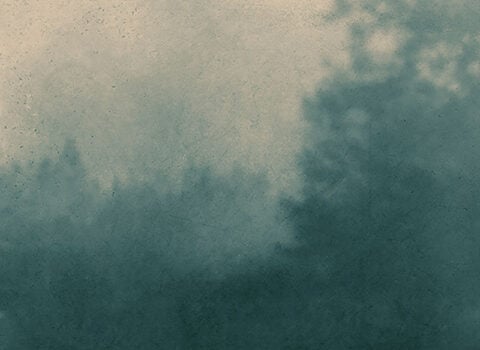Pearl, by Gail Spaien © The artist. Courtesy Nancy Margolis Gallery
“Animals are in trouble all over the world.” So begins Justice for Animals (Simon and Schuster, $28.99), a call to action from the philosopher Martha C. Nussbaum. Recent research into animal behavior has confirmed the ethical intuition that humans “are deforming the existence of intelligent and complexly sentient forms of life.” Almost fifty years after the publication of Peter Singer’s seminal Animal Liberation, Nussbaum offers an urgent, groundbreaking book of her own. In language accessible to the non-philosopher, Justice for Animals applies Nussbaum’s now well-established “capabilities approach”…

























































































